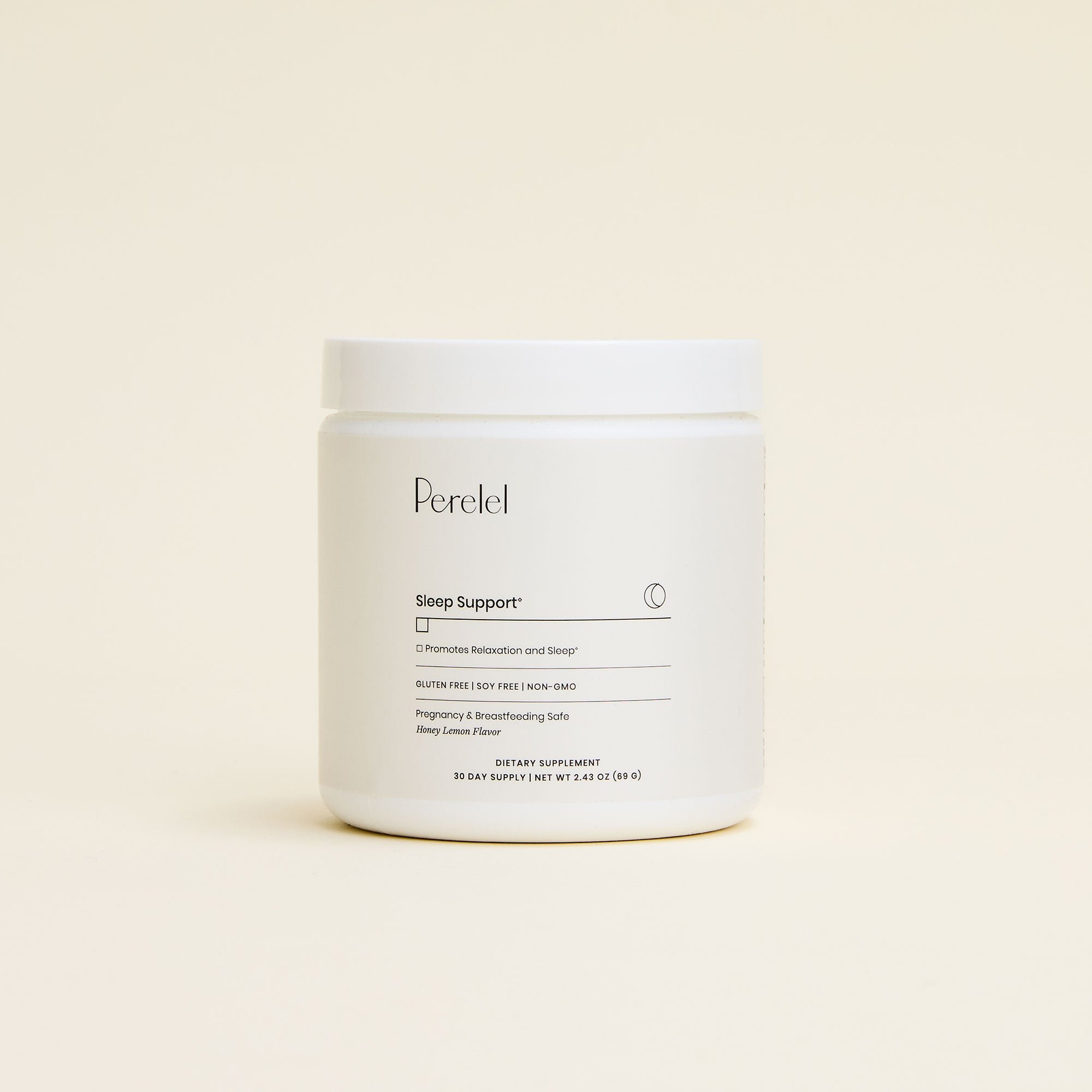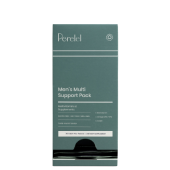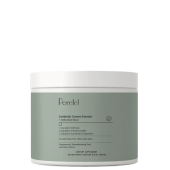Five techniques to get your baby to fall back asleep.
Practice the 5 S's Technique
"Babies cry for many reasons and after a while parents begin to understand what the different cries mean," explains Stern. “She needs her diaper changed. He’s hungry. She’s having some gas pains. He’s overtired."
"I think it’s important for parents to trust their intuition when they decide how to soothe their crying baby." Still, she goes on, "if the diaper is clean and the baby has been fed and it is a natural time for the baby to sleep, I recommend re-creating the womb environment with The 5 S’s popularized by Dr. Harvey Karp."
Familiarizing yourself with five S's: swaddling, side or stomach position, shushing, swinging and sucking to help your baby relax and nod back off.
Think Ahead to Sleep Training
"In my private practice I start the sleep-training discussion at the two-month well visit," explains Stern. "I feel parents need advice well in advance to prepare themselves for the sleep-training period. It’s akin to taking a birthing class a few weeks before the grand entrance of your newborn."
"At two months a baby is still very much a newborn. She still has all of her primitive reflexes: moro, tonic neck, grasping and Babinski. These reflexes start to fade between three to four months, so that’s a great time to start with the first step in sleep-training: putting a baby down when she is awake."
"What this means is that a drowsy, recently feed infant is put down on her back in an approved crib and allowed to figure out how to put herself to sleep. A parent must feel confident that this is the right time to start sleep-training and not to send a mixed message to their baby. Saying to your baby, 'It’s dark out. This is your crib. You will fall asleep. You’ve got this.' may fortify a new parent against some inevitable crying."
"I always say your baby is loved and nurtured and isn’t a newborn anymore. She has some skills to help her fall asleep. Let her learn how to do this now and you will avert a lifetime of sleep issues.”
Try the Walk and Hold Method
"The 5-Minute Walk and Hold Method mimics how a baby would fall asleep while in the womb," says Stern. "The rhythmic movement of walking lulls the infant to sleep and the hold time allows the sleep state to organize before putting a baby down in a bassinet or crib. A smart crib may have a similar effect."
To get the best results, we recommend walking at a slow, steady pace and then holding your baby while sitting to best get them back into their crib.
Know When to Self-Soothe
"By four to five months a baby should learn to soothe herself and fall back to sleep if and when she wakes during the night. Sleep architecture involves cycling through periods of deep sleep and arousal which will continue throughout your life. I explain to parents that rescuing their infants when they awake during the night denies them the opportunity to learn to self-soothe and may be a setup for a lifetime of sleep issues. (And we all know how common those are.)
Build a Bedtime Routine
"Routines are good for babies and children. Continually changing schedules and constant chaos leads to anxiety. Setting boundaries and establishing routines let babies and children know what to expect. When they are older, they will be more resilient to change."
"Whatever routine works best for you is fine. If a bath, a book, a walk outside under the stars or music feels normal and natural to you, it will also work for your child."
Shop the Article:
Sign up to receive doctor-backed, stage-specific content in your inbox each week.
theFolio in Your Inbox
Of course, taking care of your little one first starts with taking care of your—and we want to help make that easier. Our OB/GYN-formulated Mom Multi Support Packs provide moms the nutrients they need to nourish their body from within. Plus, read more tips for moms from top experts.
This article is for informational purposes only. It is not, nor is it intended to be, a substitute for professional medical advice, diagnosis, or treatment and we recommend that you always consult with your healthcare provider. To the extent that this article features the advice of physicians or medical practitioners, the views expressed are the views of the cited expert and do not necessarily represent the views of Perelel.
























